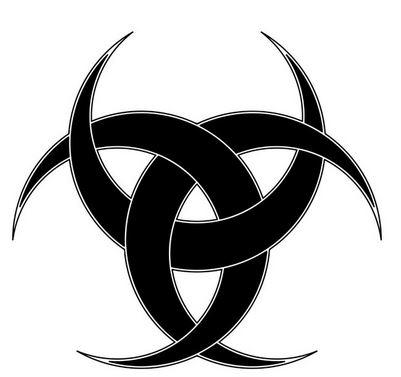Symbol

🧿 What Is a Symbol?
A symbol is a thing — an object, image, word, or gesture — that stands for or represents something else, usually something abstract, emotional, or invisible.
It’s like a shortcut to meaning.
One simple thing = a whole world of ideas.
🔍 Example:
-
The cross ✝️ = more than wood; it symbolizes Christianity, sacrifice, salvation.
-
A rose 🌹 = not just a flower; it can symbolize love, passion, or beauty.
-
The sun ☀️ = energy, life, enlightenment, or even divinity in many cultures.
🧠 Symbol vs Sign
-
A sign gives direct information (like a stop sign = “stop”).
-
A symbol is open to interpretation and often connects to emotion or belief.
Example:
-
🛑 = Stop (sign)
-
🕊️ = Peace (symbol — you have to know what it means)
💡 Types of Symbols
-
Cultural – mean something specific in one culture (e.g. white = purity in the West, mourning in parts of Asia).
-
Universal/Archetypal – deep meanings across cultures (e.g. the mother, the tree, the journey).
-
Personal – something that means something specific to you (e.g. your childhood blanket might symbolize safety).
🌀 In a Deeper Sense:
A symbol is a bridge between:
-
The physical and the spiritual
-
The conscious and the unconscious
-
The outer world and inner experience
That’s why symbols show up in:
-
Dreams
-
Religion
-
Myth
-
Art
-
Rituals
-
Logos and branding

